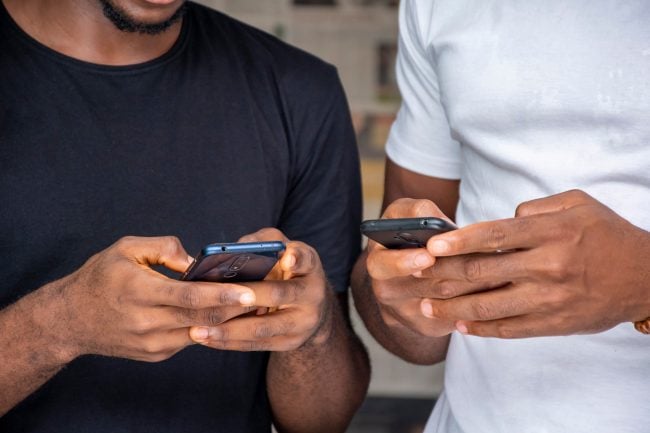 Mobile banking access gaining traction.
Mobile banking access gaining traction.
The number of U.S. households without checking or savings accounts hit a new low in 2017, and the smartphone's influence over account access intensified, according to new data from the FDIC.
The agency's newly released National Survey of Unbanked and Underbanked Households found that 6.5% of U.S. households were unbanked in 2017, marking the lowest recorded rate since the FDIC began conducting the survey in 2009.
Recommended For You
In addition, the biennial survey found that 18.7% of U.S. households were underbanked, meaning they had an account at an insured institution but also obtained financial products or services outside of the banking system. That rate was down from 19.9% in 2015.
"The good news is that our nation's banking system is serving more American households than ever before. The bad news is that even as the overall number of people who are unbanked has declined, 8.4 million households continue to lack a banking relationship," FDIC Chairman Jelena McWilliams said.
An estimated 14.1 million adults were unbanked in 2017, and the FDIC considered approximately 48.9 million adults in 24.2 million households underbanked that year as well, according to the data. The declines in unbanked and underbanked households were largely due to improvements in household socioeconomic circumstances, the FDIC said.
Mobile use rising
The FDIC also found that in 2017, 40.4% of banked U.S. households used mobile banking to access their accounts, almost double the 23.2% that did so four years earlier. The share of banked households that used mobile banking as their primary method of account access also increased sharply from 5.7% in 2013 to 15.6% in 2017.
"Mobile banking holds real promise for deepening the connection between underbanked households and their banks while increasing the safety and convenience of bill payments," the report said. "A large share of underbanked households pays bills in a typical month with cash or nonbank money orders. More than two in five of these households already use mobile banking to access their bank accounts. Increased use of mobile banking activities by these households may enable them to conduct a greater share of their basic financial transactions within the banking system."
Branch visits still common
Despite the growth in mobile banking access, branch visits were still common — 86% of banked households visited a bank branch in the past 12 months, and 35.4% visited a branch 10 or more times, according to the report.
In addition, 81% of banked households that used mobile banking as their primary method of account access visited a branch in the past 12 months, and nearly one-quarter (23%) visited a branch ten or more times.
Almost one in six unbanked households visited a bank branch in the past year, presenting key opportunities for credit unions and other financial institutions, the FDIC said.
"These findings suggest that branches continue to play an important role for banked households and that opportunities may exist for branch staff to inform unbanked households about products and services that can help meet their financial needs," it noted.
Many still hesitant to open accounts
Many consumers are still reluctant to open bank accounts, the data showed. Over half of unbanked households (52.7%) in the survey said they did not have bank accounts because they didn't have enough money to keep in an account, and almost a third (30.2%) said they didn't trust banks. Of unbanked households that previously had a bank account, 29.9% said the fees were too high, and 24.9% said the fees were unpredictable.
The data also suggested some unbanked consumers may have become less interested in bank accounts.
"While unbanked rates have fallen in recent years, those that remain unbanked have proven more and more likely to respond that they are 'not very likely' or 'not at all likely' to open a bank account in the next year (75% in 2017 versus 62.1% in 2013)," the FDIC said. "This fact, along with evidence that certain population segments remain much more likely to be unbanked, suggests that strategies targeted at addressing barriers to bank account ownership for specific groups may help further reduce unbanked rates."
© Touchpoint Markets, All Rights Reserved. Request academic re-use from www.copyright.com. All other uses, submit a request to [email protected]. For more inforrmation visit Asset & Logo Licensing.






